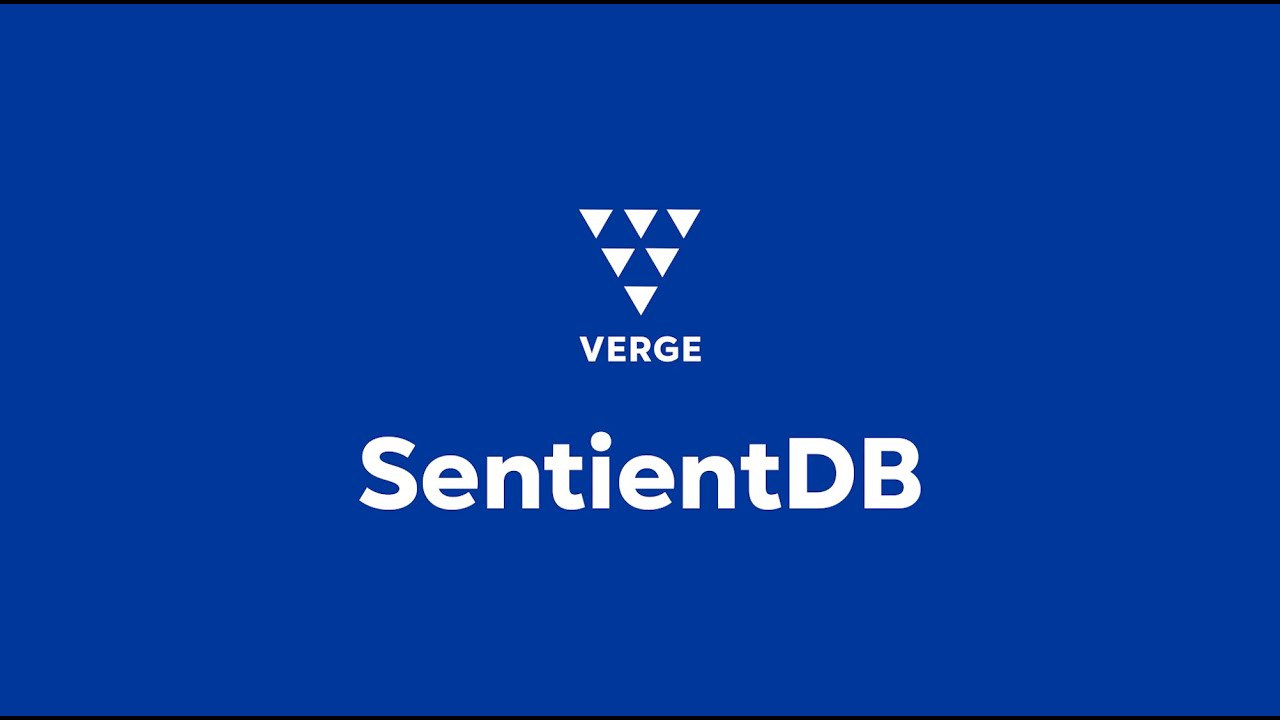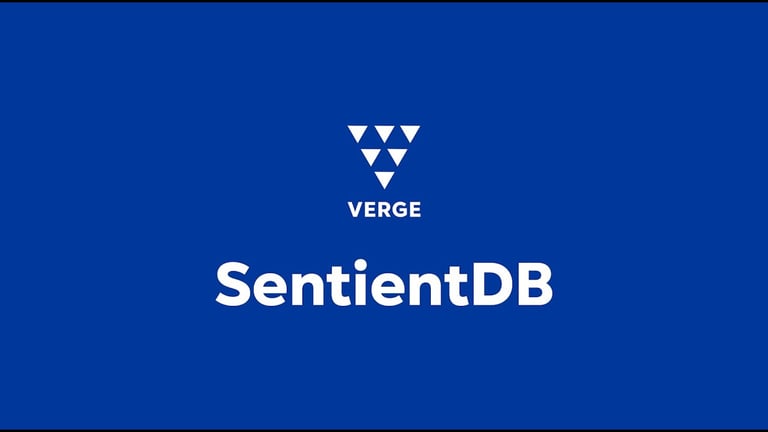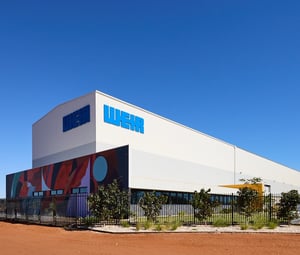The shift to cloud computing has created both opportunities and challenges for enterprises, particularly in managing databases spread across multiple providers. A recent discussion hosted by Carahsoft brought together experts to explore how organisations can better handle the complexity of multi-cloud environments. Speaking were Jimmy Jobe, CEO of Verge Technologies, Mohith Narayanan, co-founder of CORETEC, marketing expert and moderator Fernando Labastida. The conversation centred on the role of automation, artificial intelligence (AI), and unified platforms in reducing costs and improving resilience.
Challenges with MultiCloud Adoption
Narayanan explained that agencies remain under pressure to modernise while reducing costs. “In this current environment, the agencies are under constant pressure to really modernize legacy systems, ensure they have the right personnel with the right skill set, reduce cost, and at the same time, really increase productivity and responsiveness. But the reality is, there’s a lot of silos. Many still operate across fragmented, outdated architecture, and this is with limited visibility and manual processes,” he said.
He described managing multiple cloud providers as “like managing employees that speak all different languages, but there’s no translator in the room.” This analogy highlighted the difficulty of integrating services with different tools, contracts, and security models. The result is often slow adoption and increased risks.
Jobe echoed these concerns, noting that budget pressures force organisations to “do more with less,” which makes automation essential. He added, “We need to bring some sort of intelligence to how we manage IT so we can reduce touch labour, and at the same time, build more resilient systems that can manage within a particular compute or cloud environment and then across cloud environments.”
The Role of Automation and AI
A recurring theme of the discussion was the need for intelligent IT management. Jobe explained how automation is now fundamental to reducing downtime and ensuring consistency. “How can I reduce the downtime? How can I start to apply the same performance and security policies to all my database assets, wherever they are? How can I get one view of my assets?” he asked.
He argued that AI will transform how systems are maintained: “Using AI to predict issues of workload, to predict performance issues, and then to be able to not only monitor, not only alert, not only report, but take action to correct, resolve, or mitigate that workload or performance issue before it happens.”
Narayanan agreed, emphasising that unified management is necessary to cope with skill shortages. “We want to make sure that there is a unified management approach that is across the board, that you can be trained for all the employees and contractors,” he said, pointing to resilience and reducing downtime as key outcomes.
Best Practices for Managing Complexity
The experts highlighted several practices that organisations can adopt. Narayanan suggested a “single pane of glass” view to orchestrate, monitor, and optimise workloads across providers. He stressed that automation is now a necessity: “These AI-driven platforms need to detect, predict, and resolve issues without human intervention.”
Security and compliance were also emphasised. Narayanan pointed to the need for consistent enforcement across environments: “Applying consistent security policies and audit controls across all environments… without all these things, you’re always going to have fragmented leads into inefficiency, compliance gaps, higher costs, and operational risk.”
Jobe added that policy-driven management allows organisations to align database management with their service level agreements (SLAs). For critical systems, this could mean replication across nodes to ensure minimal downtime, while less critical systems could be backed up in ways that balance cost and reliability.
Addressing the Disconnect with Cloud Providers
Labastida raised the issue of the disconnect between what enterprises need and what cloud service providers offer. Narayanan noted, “It’s like buying tools from five different hardware stores, each with its own type of screw, and then trying to build one structure.” He argued that providers have little incentive to enable integration with competitors, which leaves enterprises with the responsibility of achieving interoperability.
Jobe reinforced this point: “The people in AWS are certainly not going to manage the enterprise assets that happen to be in Azure, or vice versa. So, they’re going to stay to their cloud, and stay to their silos. What’s needed is the ability to manage across that, so you have a single view of that asset.”
Both agreed that unified, vendor-agnostic platforms such as SentientDB are required to achieve consistent management across diverse environments.
Outlook for Intelligent IT Management
Looking ahead, Jobe outlined Verge Technologies’ vision for the future. “Our first product, our flagship product today is SentientDB that provides database management automation. It’s AI-driven. It manages all database assets across the enterprise with a federated or unified management model in a single console as if all of them were in one virtual data center,” he said. Verge is also planning to extend this capability to applications through a forthcoming product, SentientApp.
Narayanan and Jobe agreed that the next five years will see intelligent IT management become the standard. As Jobe concluded, “In five years, that’s probably going to be the standard. So we happen to be first in market, and we’re hoping that a lot of other platforms and vendors will follow.”




































